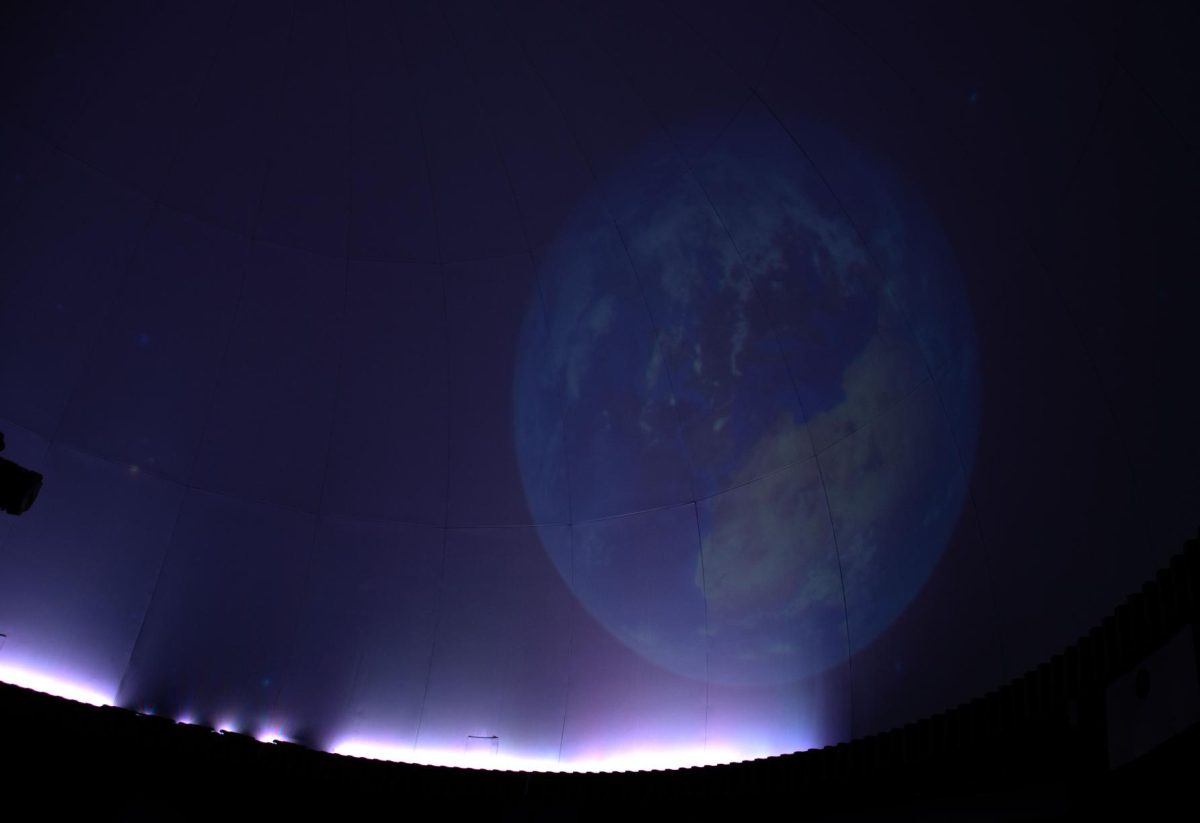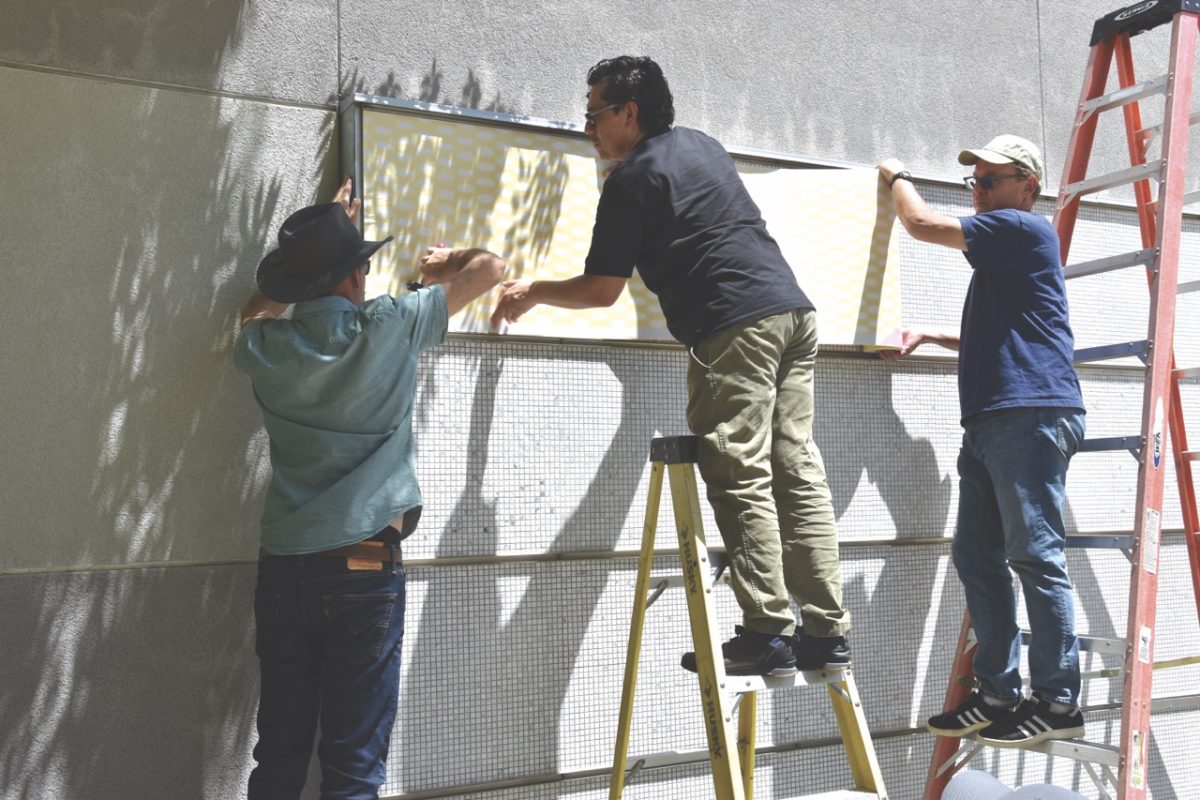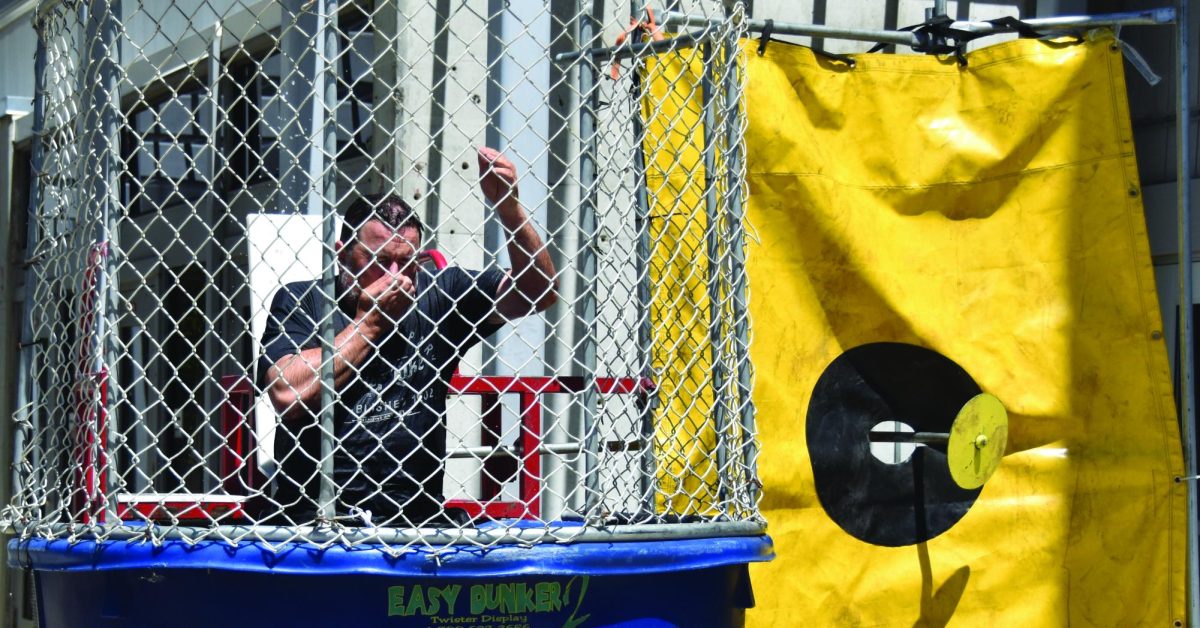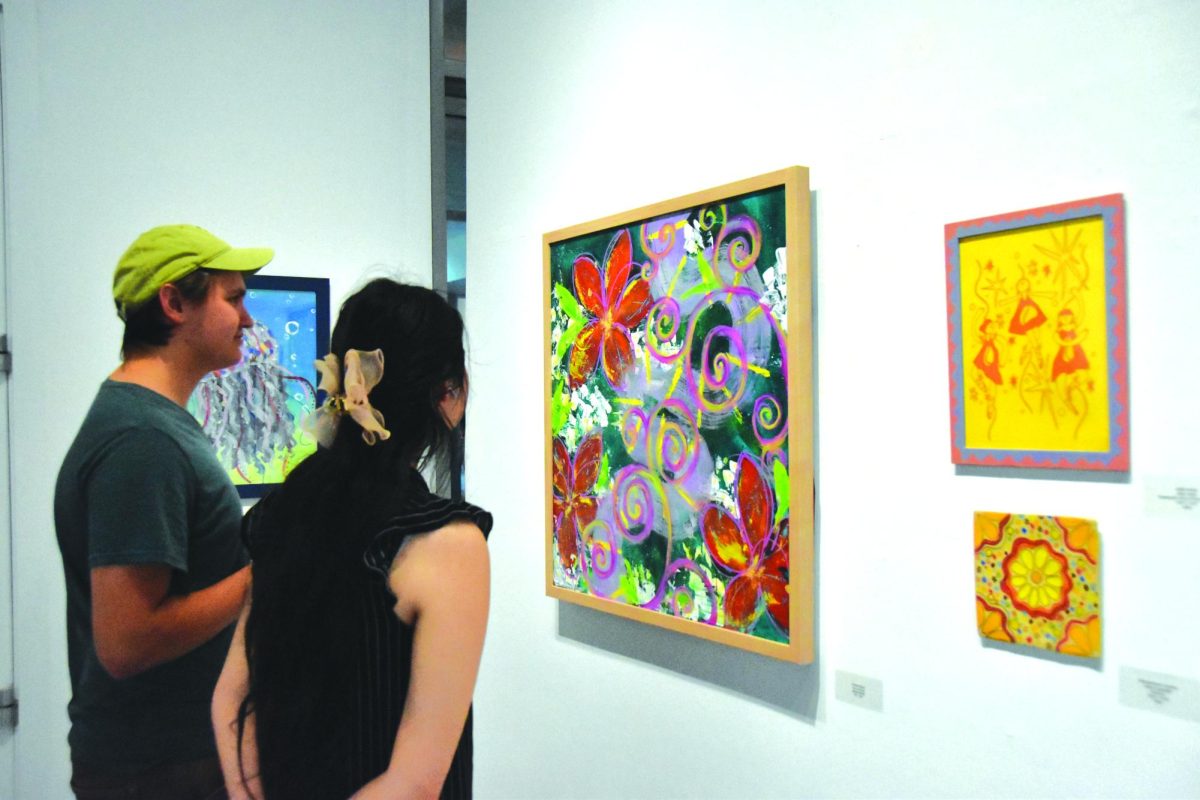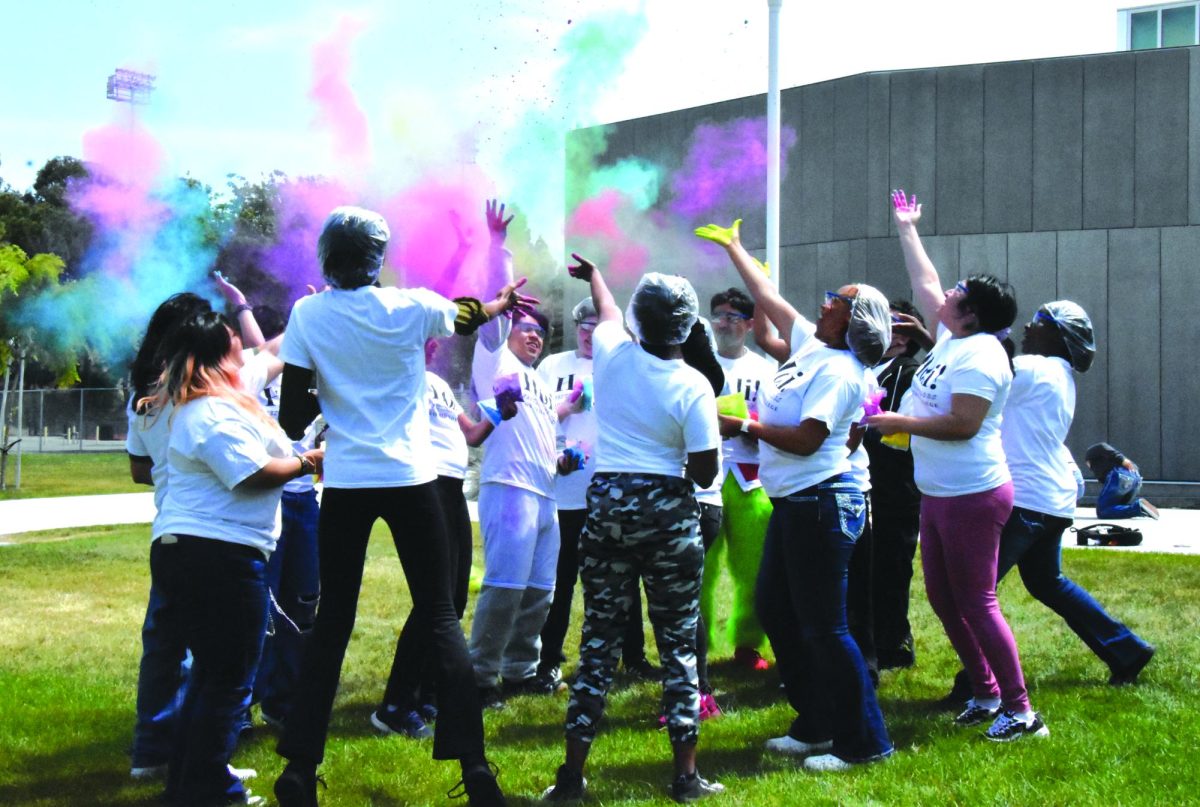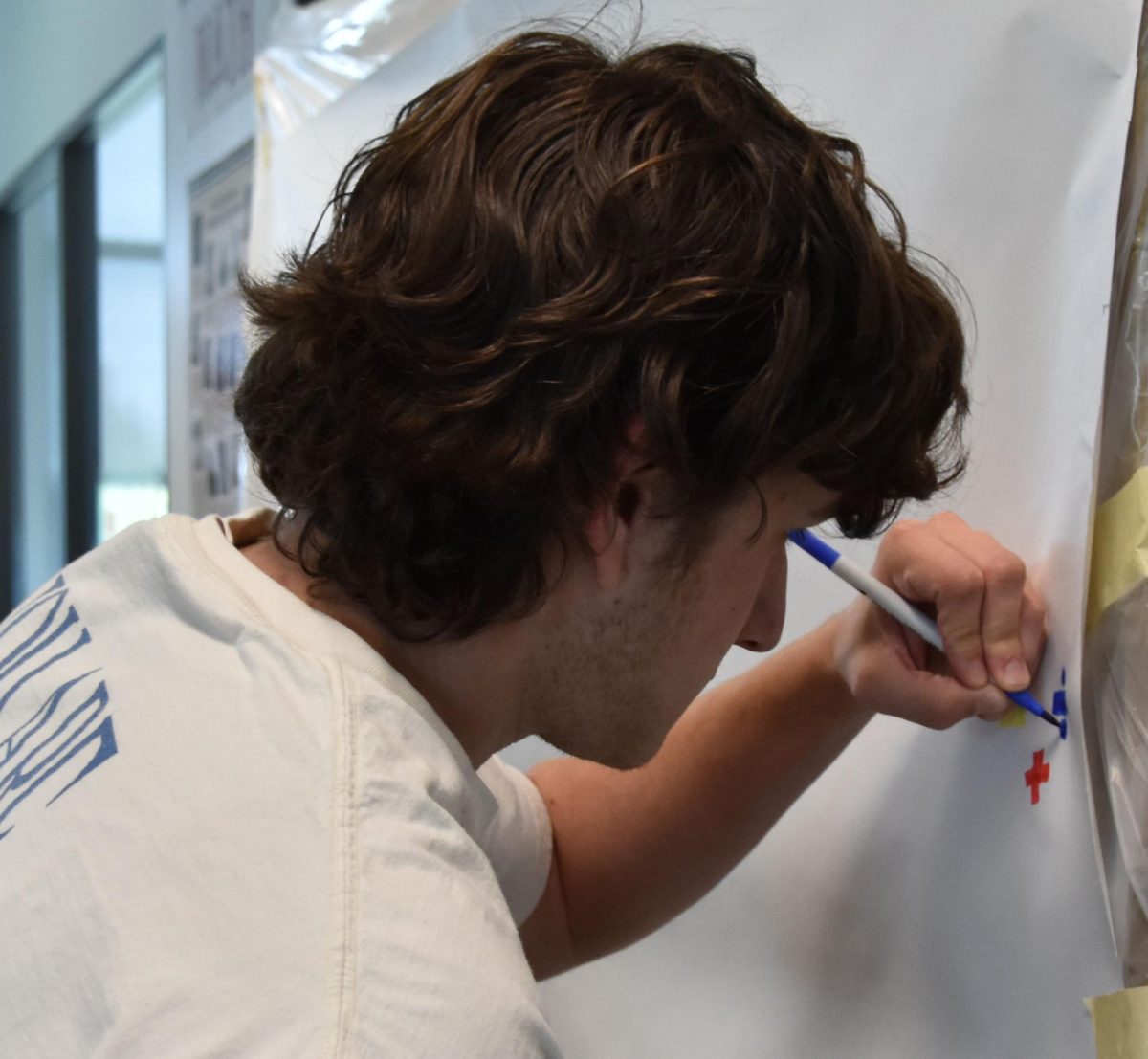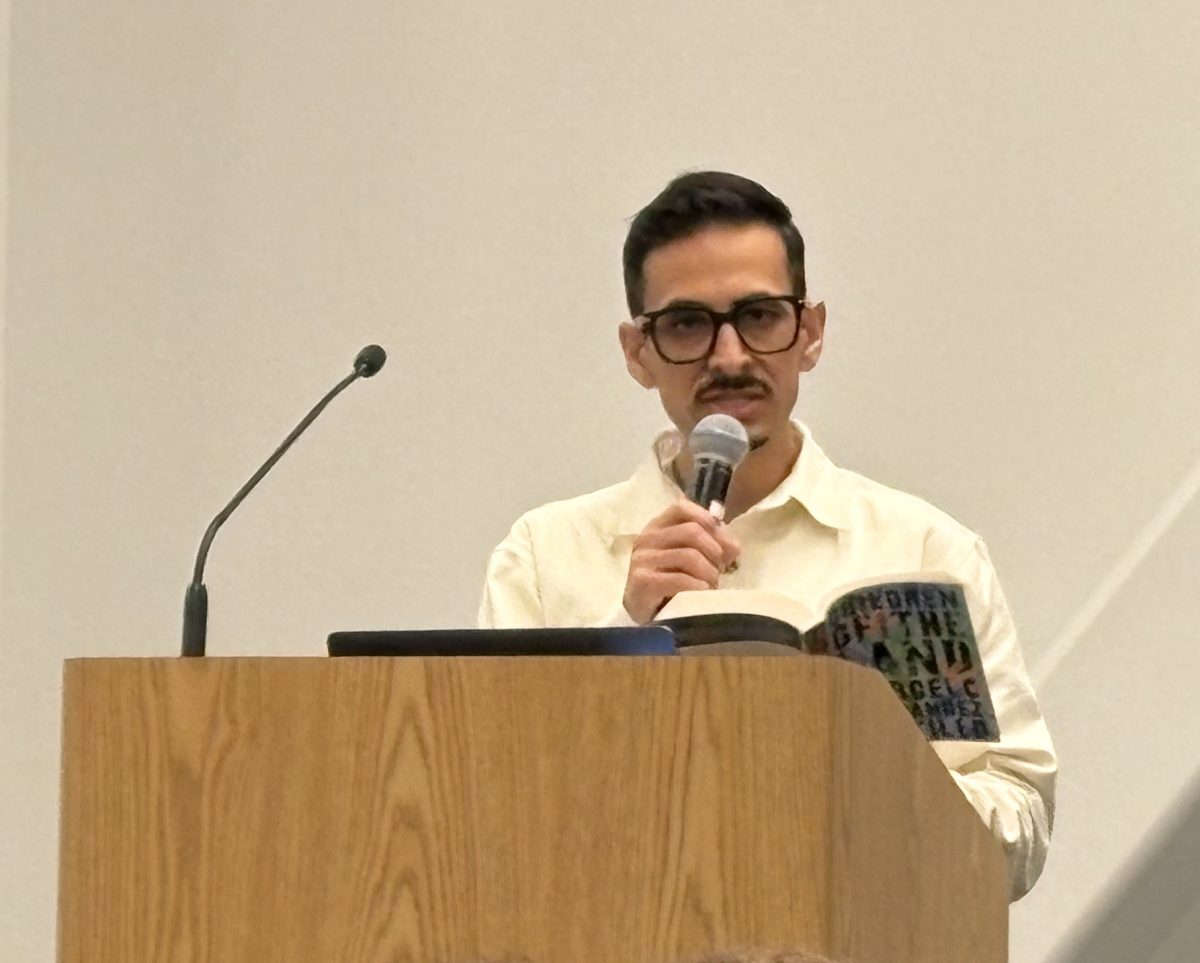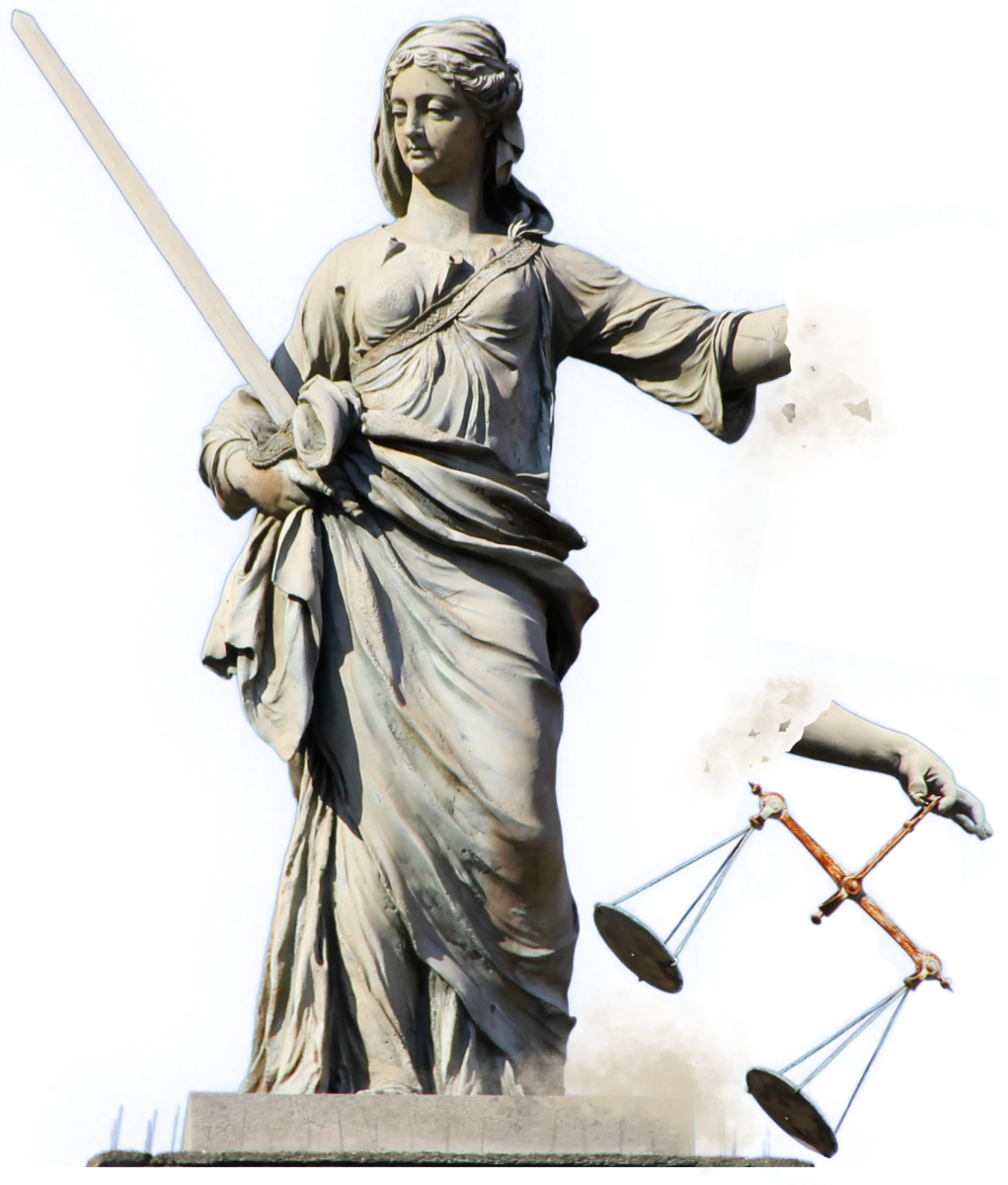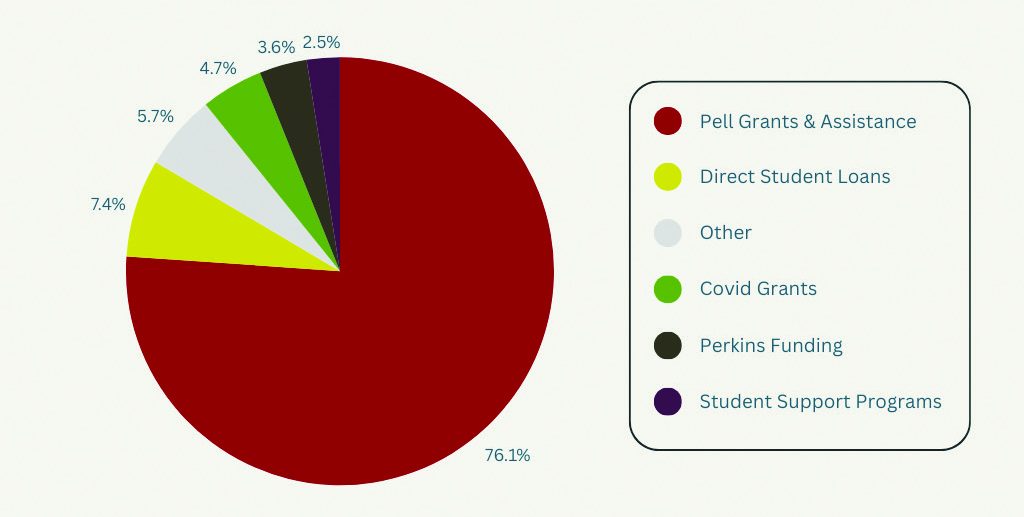Astronomy instructors and students are excited to embark on a new adventure within the planetarium since it finally received an update in January.
“The new equipment is called a full dome video system,” said astronomy professor Katie Berryhill.
The equipment will enhance the experience of the planetarium by projecting real-life animation partnered with the star projector.
“I think the overall new equipment is cool and captivating,” said Julio Fernandez, an Astronomy Honors student, “It shows a representation of the Milky Way in a way we’ve never seen before.”
Also according to FullDome Database, the full dome video system refers to the immersive dome-based projection environments where the viewer is surrounded by video projection in a hemispherical angle of view.
“The full dome video system can do the same as the star projector, but with a lot more options,” said Berryhill.
The full dome video system has a free open source called Stellarium, which possesses an array of programs like a worldwide telescope and build tours. According to FullDome Database it is also filled with real-time (interactive) or linear computer animations, live capture images, or composited environments. The new equipment labels planets in different languages and from different constellations from different cultures as well.
In terms of the equipment that has been at LMC for 20 years, routine maintenance is always done in January.
The planetarium has also repaired the LED lighting around the planetarium so that it is safer to walk down the steps.
The total cost of the equipment was $39,000, and it was funded primarily with college money for instructional needs. This project was approved last spring and enables students and instructors to experience the night sky like never before.
Astronomy instructors and students are excited to embark on a new adventure within the planetarium since it finally received an update in January.
“The new equipment is called a full dome video system,” said astronomy professor Katie Berryhill.
The equipment will enhance the experience of the planetarium by projecting real-life animation partnered with the star projector.
“I think the overall new equipment is cool and captivating,” said Julio Fernandez, an Astronomy Honors student, “It shows a representation of the Milky Way in a way we’ve never seen before.”
Also according to FullDome Database, the full dome video system refers to the immersive dome-based projection environments where the viewer is surrounded by video projection in a hemispherical angle of view.
“ The full dome video system can do the same as the star projector, but with a lot more options,” said Berryhill.
The full dome video system has a free open source called Stellarium, which possesses an array of programs like a worldwide telescope and build tours. According to FullDome Database it is also filled with real-time (interactive) or linear computer animations, live capture images, or composited environments. The new equipment labels planets in different languages and from different constellations from different cultures as well.
In terms of the equipment that has been at LMC for 20 years, routine maintenance is always done in January.
The planetarium has also repaired the LED lighting around the planetarium so that it is safer to walk down the steps.
The total cost of the equipment was $39,000, and it was funded primarily with college money for instructional needs. This project was approved last spring and enables students and instructors to experience the night sky like never before.

